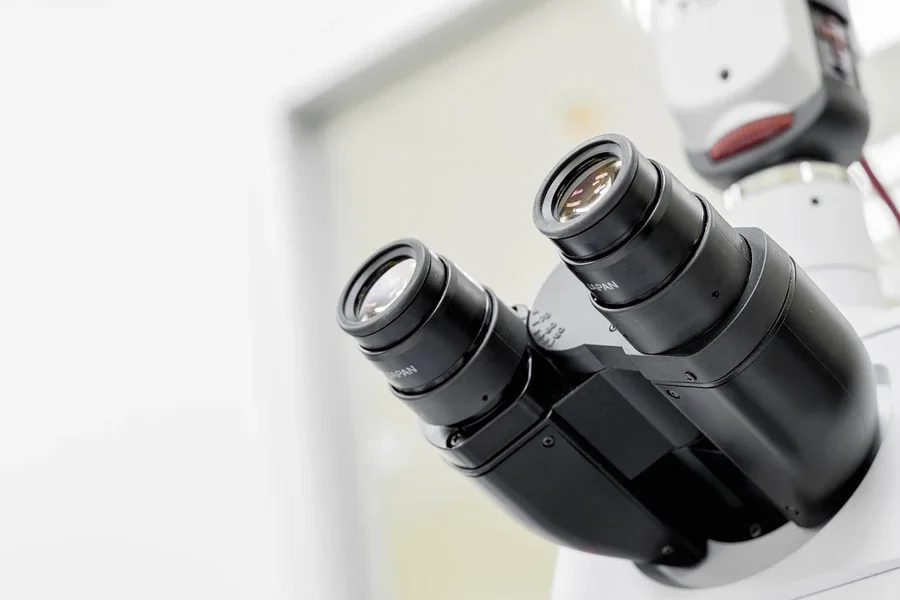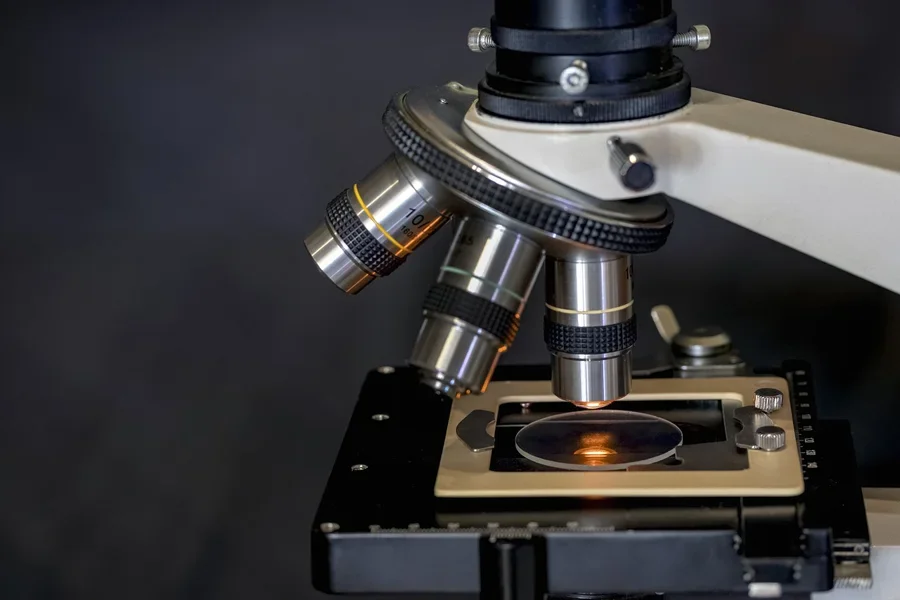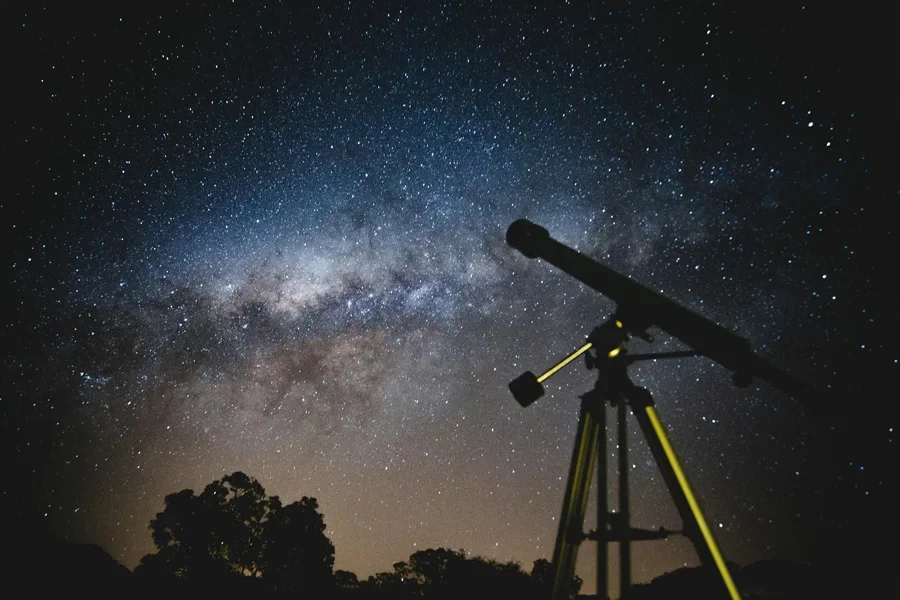Table of Contents
Introduction
Market overview
Key considerations when selecting accessories
Top accessories and their features
Conclusion
Introduction
Telescope and microscope accessories are key to achieving precision in both celestial and microscopic observations, enabling professionals to capture intricate details with clarity. From high-magnification eyepieces to specialized filters, these tools elevate the viewing experience, meeting the needs of advanced optics. With continuous advancements in imaging technology, demand for high-performance accessories is on the rise. Professionals in fields from astronomy to biology now rely on these enhancements to push observational boundaries. Investing in the right accessories transforms standard equipment into powerful ttools for exploration.

Market overview
The global telescope accessories market is projected to expand at a compound annual growth rate (CAGR) of 6.2% from 2023 to 2029, driven by growing interest in observational sciences and advances in optical technology, according to Global Info Research. North America and Europe hold the largest shares, contributing over 40% collectively, due to the presence of strong educational and research sectors. The market for telescope accessories—including eyepieces, mounts, filters, and imaging equipment—plays a pivotal role in elevating observational precision, with digital imaging equipment leading to increased adoption among both professionals and enthusiasts.
In the microscope accessories market, demand for high-quality items such as digital imaging cameras, high-power eyepieces, and specialized illumination tools is pushing growth, projected at a 5.8% CAGR through 2029, as reported by Fortune Business Insights. Eyepieces, mounts, and filters collectively account for over 30% of market demand, with digital imaging solutions in particular transforming laboratory and academic use. The APAC region is showing notable growth, with rising STEM investments and expanded research infrastructure driving demand for advanced accessories in educational institutions and laboratories, which are expected to contribute significantly to the sector’s expansion.

Key considerations when selecting accessories
Selecting the right telescope or microscope accessory begins with ensuring compatibility with the specific optical system in use. For example, refractor telescopes benefit from eyepieces designed to reduce chromatic aberration, while reflector telescopes typically require larger aperture accessories to capture deep-sky images effectively, according to EDISLA. Similarly, compound microscopes demand high-power eyepieces for cellular imaging, while stereo microscopes need widefield optics for three-dimensional samples. Ensuring compatibility can enhance image quality and improve the overall user experience, whether observing distant galaxies or examining biological specimens.
Magnification and field of view play critical roles in both telescopic and microscopic observations. Different eyepieces, Barlow lenses, and filters significantly affect these parameters. High-magnification eyepieces are ideal for planetary details in telescopes and cellular analysis in microscopes, while wide-field eyepieces offer expansive views for deep-sky observation. Optics Central highlights that adding a Barlow lens to a telescope doubles the effective focal length, providing higher magnification without needing multiple eyepieces, making it a versatile accessory for stargazers.
The quality and durability of optical materials are essential, especially for professional use where clarity and resilience are key. Accessories crafted from achromatic and apochromatic lenses are recommended for distortion-free viewing, ideal for applications requiring high precision. For longevity, impact-resistant materials and protective coatings, such as those on Bresser’s and Celestron’s lenses, help maintain performance. According to AmScope, maintaining these accessories with cleaning kits and storage solutions ensures consistent optical clarity and prevents damage, particularly in high-use environments.

Illumination is another key consideration, as various types of lighting affect observation quality. LED illumination is popular in microscopes for its energy efficiency and lower heat output, which is beneficial for biological samples. Halogen lighting, while intense, is also used for applications that demand high brightness, as outlined by Microscope.com. For telescopes, light pollution filters are valuable in urban settings, enabling clearer views of celestial objects by filtering out artificial light, according to EDISLA.
Portability and stability are crucial factors, especially for field observations. Telescopes benefit from sturdy, adjustable mounts and tripods, which help maintain focus despite outdoor conditions. For laboratory settings, durable slide storage cases ensure that microscope samples remain safe and uncontaminated.
Top accessories and their features
High-quality telescope eyepieces are essential for enhancing the viewing experience, offering various designs tailored to specific observation needs. Wide-field eyepieces provide immersive views ideal for expansive deep-sky observation, while high-magnification eyepieces allow detailed planetary examination, as described by EDISLA. Barlow lenses further enhance flexibility by doubling the magnification of existing eyepieces, making them a versatile tool for astronomers who seek detail without needing multiple eyepieces. For clearer imaging, filters such as lunar, narrowband, and light pollution filters enhance visibility by isolating specific wavelengths and reducing brightness, which is especially useful for urban stargazing.
Stable mounts and tripods are critical to maintaining steady, vibration-free viewing. Alt-Azimuth mounts, which provide horizontal and vertical movements, are popular for their simplicity and ease of use, while equatorial mounts, designed to match the Earth’s rotation, allow for longer tracking of celestial objects. This tracking ability is particularly valuable for astrophotography, where stable imaging over extended periods is necessary, according to Optics Central. Finderscopes and red dot finders simplify object location by aligning the telescope with specific stars or planets, essential for efficient sky navigation.

For those focused on capturing celestial details, imaging accessories like dedicated astrophotography cameras and time-lapse equipment enable high-resolution captures of galaxies, planets, and other celestial phenomena. According to AmScope, these tools are invaluable for serious astronomers, allowing them to document and share precise images of cosmic events.
In microscopy, slide kits provide various options for different specimen types. Prepared slides come with samples ready for observation, while blank slides allow users to create their own samples. For larger specimens or liquid samples, concave slides are highly useful, as noted by Microscope.com. High-magnification eyepieces are essential for cellular-level detail, while widefield eyepieces offer a broader view for simpler observation tasks. For digital documentation, digital microscope cameras allow users to capture and record findings, which is especially advantageous in educational and research settings.
Maintenance is crucial for microscope performance, with cleaning kits, immersion oils, and dust covers helping to ensure long-term clarity and functionality. LED illumination, preferred for energy efficiency and low heat output, is commonly used in laboratories, while halogen lights offer intense illumination ideal for certain biological studies.

Conclusion
Selecting the right accessories for telescopes and microscopes significantly enhances optical performance, enabling professionals to observe, capture, and analyze with greater precision. High-quality eyepieces, stable mounts, specialized filters, and digital imaging tools expand observational capabilities, whether exploring deep space or examining microscopic details. By investing in accessories that align with specific professional needs, users in astronomy and microscopy can achieve more detailed, reliable results, supporting advancements in both fields.



